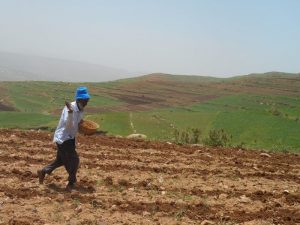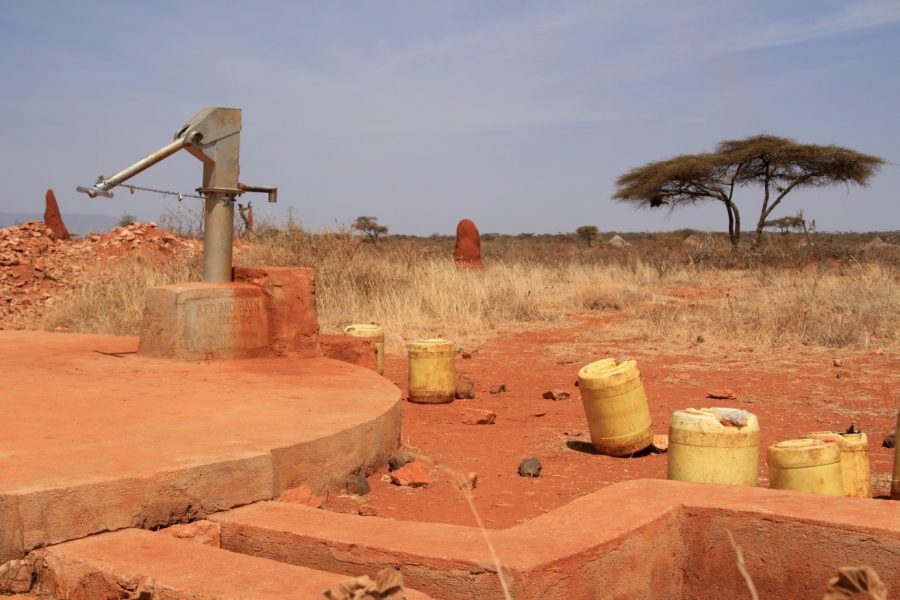Droughts are a persistent and costly hazard impacting human and environmental systems. As both climate change and socio-economic development intensify, drought risk is expected to increase in many parts of the world. Their slow onset and large spatiotemporal extent make it challenging to accurately estimate future risk.
A WIREs Water review reflects on how existing studies have modeled drought risk and highlights the opportunity for explicitly including human adaptive behaviors in drought risk assessments. The authors argue that the addition of such behaviors is a necessary step for truly understanding human-risk interactions in a drought context. Unlike other hazards, such as floods or earthquakes, the delay between a drought and its most intense impacts allows humans to make adaptive decisions before, during, and after the event. Each individual choice, when aggregated to community or regional scales, has the ability to influence the propagation, extent, and impacts of the drought.
Many factors, such as previous drought experiences, costs of adaptation, individual risk aversion, and available resources contribute to how humans make future decisions. Understanding how and why adaptive decisions vary across individuals is crucial for anticipating cases where short-term adaptations may actually prove to be unsustainable or detrimental to downstream sectors and communities.

In their discussion, the authors offer a coupled modelling framework, pulling from agent-based and socio-hydrologic modelling techniques to better represent the feedback between transient human adaptation decisions and drought hazard, as well as exposure and vulnerability dynamics. In particular, agent-based modelling offers a promising tool for simulating the emergence of heterogeneous human decisions in relation to their changing social and environmental contexts.
The authors elaborate on how integrating a suite of bio-physical, land use, and socio-economic models—representing the risk determinants—within an agent-based socio-hydrologic setup, can help move away from prescribed, static realizations of ‘adaptation’. This would more accurately represent the co-evolutionary nature of human adaptation action and disaster events. This framework is certainly not a solution in-and-of itself, but aims to guide how an interdisciplinary research community might better model drought risk by initiating discussions about the data requirements, generating open questions, and best practices needed to improve our understanding of possible pathways and to prioritize adaptation strategies in an increasingly drought prone world.
Kindly contributed by the Authors.

















